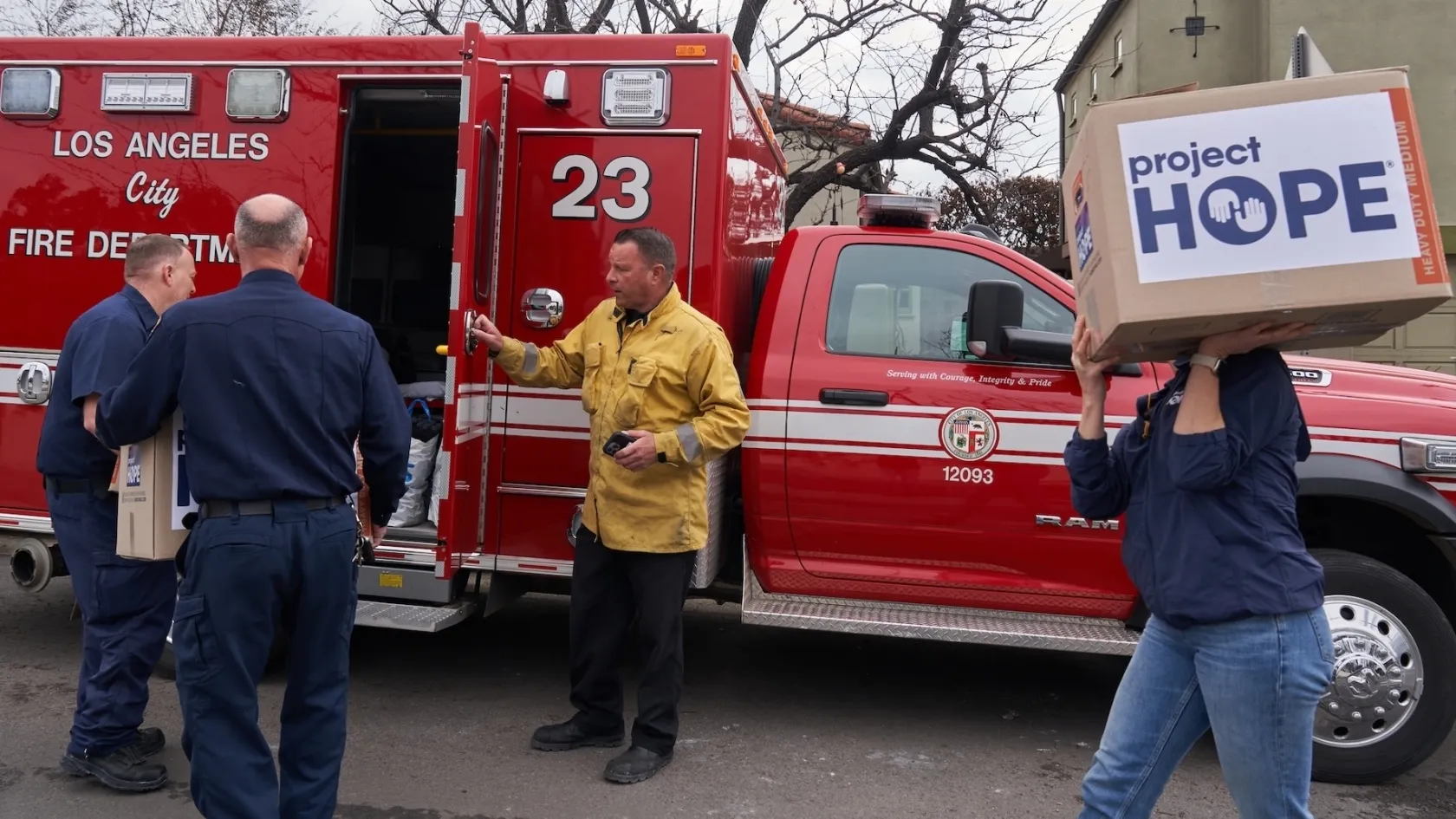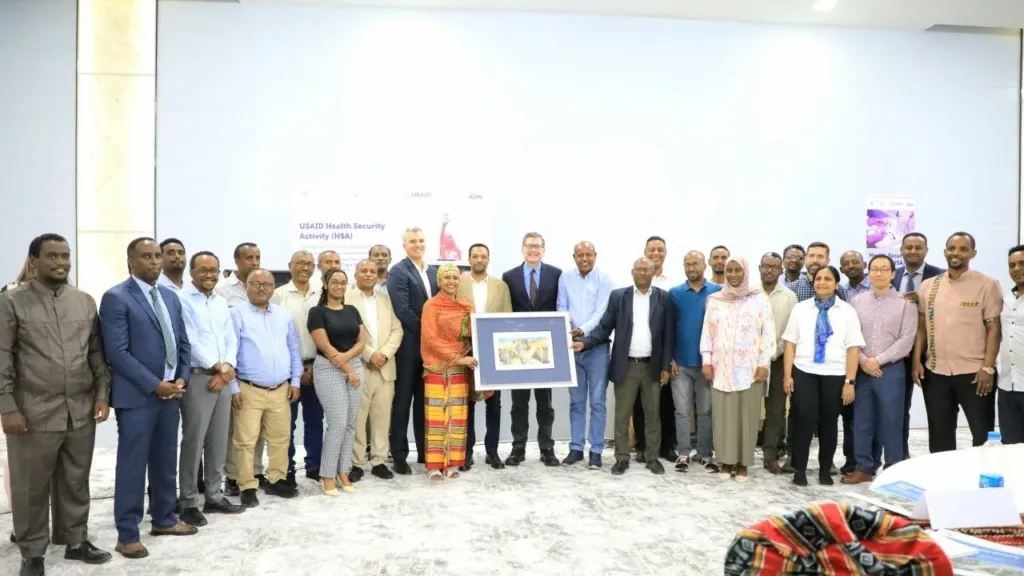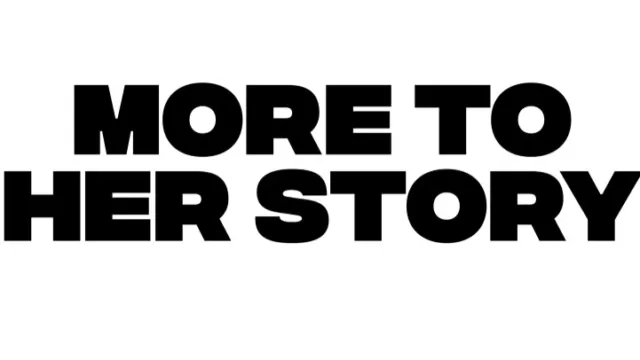Volunteer Voices: Quality Care Must Include Cultural Understanding
As we build a future beyond COVID-19, what lessons can we learn from the Navajo? Read the latest dispatch from a Project HOPE volunteer deployed to Chinle, Arizona.
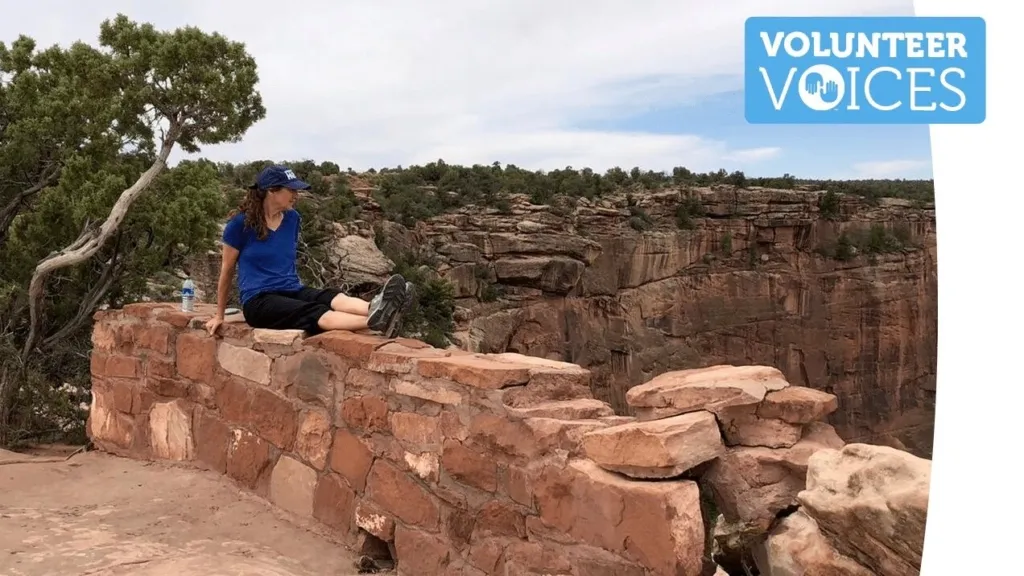
Navajo Nation has been hit hard by COVID-19, with the virus spreading rapidly among the tight-knit community. In partnership with Massachusetts General Hospital’s Global Disaster Response team, Project HOPE deployed four nurses in August to provide surge staffing in Chinle Hospital in Chinle, Arizona. We are deploying a new wave of volunteers in November as Navajo Nation sees a spike in cases.
“We were given two ears so that we may hear both sides of every story. One of the tragedies of 19th-century America is that the United States government turned a deaf ear to such native peoples as the Navajos. They wished to live in peace and harmony, but their story went unheard, and their ways were misunderstood.”
This passage is from the book Navajo Long Walk, written by Joseph Bruchac, a member of the Abenaki tribe from northeastern North America. I bought the book because it was recommended to me by an elder member of the Navajo Tribe during my two-week stint in Chinle, Arizona. I wanted to know more about the culture of the people I was caring for in the Chinle Comprehensive Health Center.
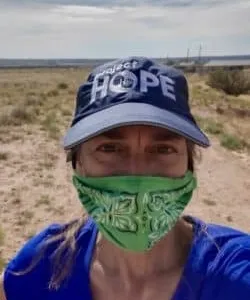
I was born in South Dakota, a state whose population is 8.9% Native American and has nine reservations. I have had the privilege of providing education to nurses and nursing students on both Pine Ridge and Rosebud Reservations. I’ve read many books about the Sioux Tribes who are indigenous peoples of the Great Plains and have had many conversations with tribal members. This education provided me with an understanding of their history and way of life prior to the tragedies of 19th-century America. As a child, I saw the beginning of the American Indian Movement across the U.S. as Native Americans united their efforts to gain basic civil liberties. Finally, in 1978, the American Indian Religious Freedom Act was enacted, allowing Native Americans to practice their traditional religious rights and spiritual and cultural practices.
I speak here of cultural education because, in my opinion, it is vital to have at least some basic level of understanding when planning to visit or work in an unfamiliar culture. It enhances our ability to provide care in a culturally respectful and ethical manner. Volunteers must appreciate that some people, elders in particular, are most comfortable speaking their native Navajo, thus requiring translators to fully understand and be informed of their condition. Additionally, volunteers should be aware that traditional healers are part of the hospital staff that may be consulted.
Working in Chinle with the Navajo Nation inspired me to research their history, to understand the hardships they endured, and where they are today. The Navajo Nation is situated on lands that are nothing less than breathtaking and majestic, with deserts, mountains, and canyons. I want to understand their natural environment, how they live as a community, the crops they raise, the animals they care for, to appreciate their resilience and strength.
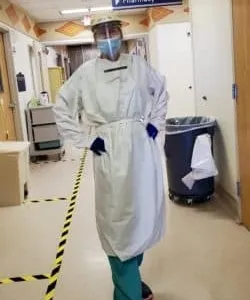
After the first COVID-19 case was announced in March, President Jonathan Nez and the Navajo Department of Health quickly issued curfews and lockdowns to limit contact and restrict movement of individuals. The community members honored each other by complying with the orders that continue today. Native Americans understand their susceptibility to viruses, having lived through the loss of countless tribal members to various and sometimes intentional illnesses. It is well documented that within Native American and Alaska Native populations, there are high levels of unemployment and poverty, poor education, and strong health inequities. COVID-19 has hit minority populations disproportionately all over the United States, revealing inadequacies in our social and physical environments and exposing large gaps in our overall health care system.
By understanding Navajo cultural history, you can understand their fear of increasing deaths among tribal members — especially revered elders and those with diabetes, heart disease, or other co-morbidities. To protect each other, tribal members willingly sacrifice personal needs for the greater good, demonstrating community-mindedness. This support can look like providing water to homes that lack running water, delivering food to those who lack transport to grocery stores, and supporting masks and sanitizers to decrease virus transmission.
Working with the Chinle staff and the patients was an extremely positive cultural experience for me. I saw compassion and kindness — among each other, and among the volunteers working in the hospital. It heightened the desire in me to see all of America striving for a more connected, respectful society.
This pandemic has disrupted every aspect of our lives. American communities have an opportunity to consider a number of possible futures, one of which may model Native Americans who work to interact peacefully and harmoniously to solve problems, and where all members of the community support and protect one another.
This future is better realized if we understand, culturally and historically, how we got to where we are today, and where we could be tomorrow. As Bruchac says, “It is like the history of the Long Walk, a tale of difficulty, of danger, and of survival that is inspiring to us all.”
Mary Sebert lives in Boston and is the Director of Global Nursing for the Mass General Center for Global Health, where she oversees the international and domestic nursing program to improve clinical care through education and training. She joined the MGH Center for Global Health in 2015, after living and working in Uganda.

